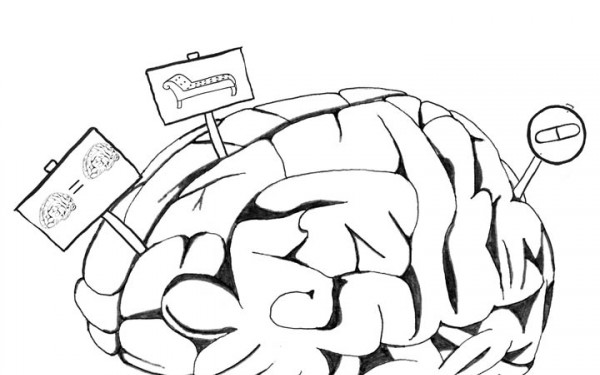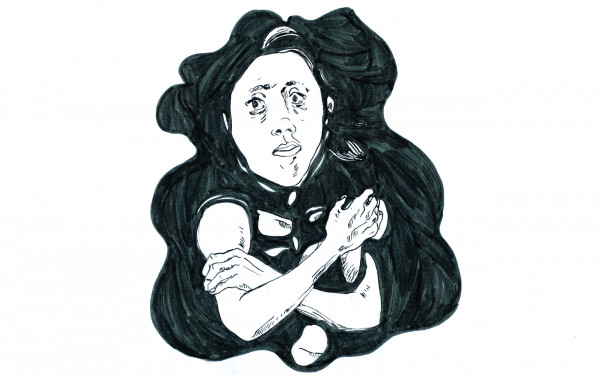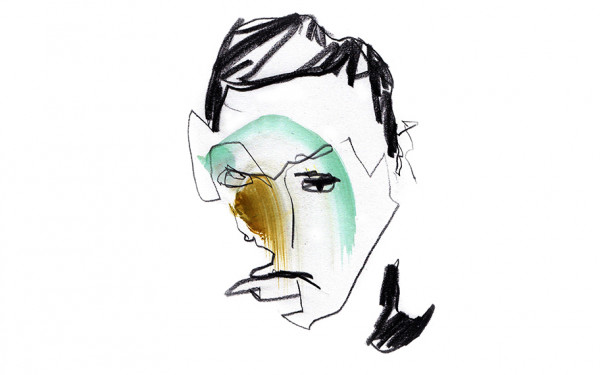Mental Squeeze
How to Handle Those Fast Approaching Winter Blues
We’ve turned back the clocks. Scarves and tuques are coming out of their back-of-the-closet hibernation.
Retail stores will be playing Jingle Bells over their sound systems any day now. What’s that, George R. R. Martin? Winter is coming? Yeah, we get it.
For some ‘tis the season to be jolly but for others ‘tis quite the opposite. According to the Centre for Addiction and Mental Health, up to 35 per cent of Canadians will soon be getting the “winter blues” and two to five per cent will suffer from the clinical form, Seasonal Affective Disorder, also aptly known as SAD.
The following will attempt to inform those who are affected by SAD about the disorder, and offer tips on how to deal with it—the information comes from interviews with SAD expert Kelly Rohan on the American Psychological Association’s website, as well as the Canadian Mental Health Association’s website.
Regardless of what daylight saving time claims, the days are getting shorter. This means less sunlight and that does not bode well for summer-lovers or for a little neurotransmitter in the brain called serotonin.
For those of you who haven’t dabbled in psychology or biology, serotonin is a chemical in our brains that has an effect on mood, appetite, sleep, sexual desire, and even some aspects of social behavior.
Sunlight, on the other hand, produces Vitamin D. One of Vitamin D’s important jobs in our body is to promote the production of serotonin. So winter means less daylight, which means less Vitamin D, which means less serotonin—suddenly many of our bodily systems are affected.
To get an idea of what exactly is being affected, let’s look at the symptoms of SAD. At the top of the list is oversleeping, low energy and a depressed mood. Carbohydrate cravings are common, as well as weight gain and withdrawal from social contact. Of course, in fitting with the “seasonal” part of SAD, these symptoms must occur for at least two winters in a row and go away during the spring and summer.
While some will get bummed out or a little more introverted during the winter months, those who have SAD are essentially suffering from depression. By lumping everyone together under the diagnosis of “winter blues,” we create a misunderstanding of what each individual is going through.
I truly understood this while talking to a friend who has some personal experience with SAD. I told her about how I wanted to suggest finding fun winter activities to promote exercise—exercise is great for lifting the spirits after all.
Her response: “What about the days when you feel so drained of energy that you can’t even get out of bed?”
Everyone is going to be affected by winter differently, so naturally everyone’s needs are going to be different. Find solutions that work for you. There is nothing wrong with starting small. Small changes can make a world of difference.
Take a shower. The warm water is soothing, so you’ll feel clean and refreshed. Don’t forget to give yourself a pat on the back for being productive. Allow yourself to feel good about your accomplishments, no matter what they are. Baby steps are still steps.
Set aside ten minutes every evening to invest in yourself. Make yourself a lunch for the next day. By making that sandwich, you’re ensuring that tomorrow, you will be nourished and energized. Those ten minutes will be so valuable tomorrow.
“The best way you can lift your spirits this winter is by understanding the impact your actions can have on your mood.”
For people who are just looking to shake the winter blues, this is all sound advice for you, too. The best way you can lift your spirits this winter is by understanding the impact your actions can have on your mood.
Even if you have the motivation to get out of bed every morning, finding the motivation to be active in near-arctic weather is a whole different story. But it’s crucial. The endorphins that get released into your body during physical activity will improve your mood and being outside will get you a much-needed dose of that Vitamin D I mentioned earlier.
Distraction is key. You’ll be much less bothered by the icy wind that’s hurting your face if you’re doing something you enjoy. Listen to music while you walk around the block. Go skiing with some friends. If you’re like me and don’t know how, start by learning to ski. Take advantage of one of Montreal’s many free outdoor skating rinks. Make a snowman!
Weather-appropriate clothing is important too. There’s a reason why toddlers bundled up like marshmallows have the time of their lives making snow angels.
Kermit the Frog said, “it ain’t easy being green,” but it ain’t easy being blue either. That doesn’t mean that we can’t all get through this winter and hopefully enjoy doing it.
Let the upcoming holidays remind you that you are surrounded by people who care. Don’t hesitate to take advantage of the resources available at Concordia either.
Concordia Counselling and Psychological Services can be found in room H-440 on the SGW Campus or AD-103 on the Loyola Campus.






